For many companies today, the question is no longer "Should we migrate to the cloud?" but "What should we migrate, and how quickly should we do it?" By grasping the challenges involved in large-scale cloud migrations, businesses can create more effective implementation strategies and sidestep common pitfalls associated with cloud adoption, such as security vulnerabilities and unforeseen expenses.
Migrating to the cloud promises scalability, cost savings, and enhanced performance—but the process comes with its own set of challenges. At Softjourn, we’ve guided businesses through complex cloud migrations, helping them avoid common pitfalls while optimizing their infrastructure for long-term success. In this article, we explore the key challenges of cloud migration and how to navigate them effectively to ensure a smooth transition.
Ignoring potential roadblocks can lead to security risks, unexpected downtime, or spiraling costs. Should you go with a lift-and-shift approach or opt for a full modernization? What about compliance and data integrity? Understanding these factors upfront can mean the difference between a seamless migration and a costly misstep. Let’s break down the biggest hurdles and how to overcome them.
Why Organizations Move to the Cloud
Organizations that migrate at least 60% of their IT systems and operations to the cloud can experience up to an 11.2% annual increase in profits—a level of profitability rarely achieved with exclusive reliance on on-premise computing.
However, embarking on such a significant digital transformation, whether independently or through cloud migration service providers, presents a variety of common challenges.
Consider these statistics:
- 50% of cloud migration projects either fail or stall.
- 56% of businesses encounter compliance and security challenges.
- 44% of businesses initiate their cloud migration with insufficient planning.
With nearly half of all IT-driven organizations struggling with these issues, it's crucial to understand the pitfalls. In this article, we'll dive into the most common challenges associated with cloud migration and provide practical solutions to help ensure your organization isn't among the 50% whose cloud projects falter.

Ensure a Smooth Transition for Legacy Systems to the Cloud
Cloud Migration Challenge: Out-of-Date Applications Causing Compatibility Issues
One of the simplest methods for migrating data and applications is to "lift and shift" them into a cloud environment. However, in practice, moving data and applications from one environment to another is rarely straightforward.
When moving legacy systems to the cloud, ensuring a smooth transition is essential for maintaining operational continuity. Legacy systems often present unique challenges due to their outdated technology and compatibility issues with modern cloud platforms.
Legacy non-cloud applications, for instance, might be incompatible with the cloud, or on-premises infrastructure could have different runtime environments, operating systems, and security measures compared to cloud setups.
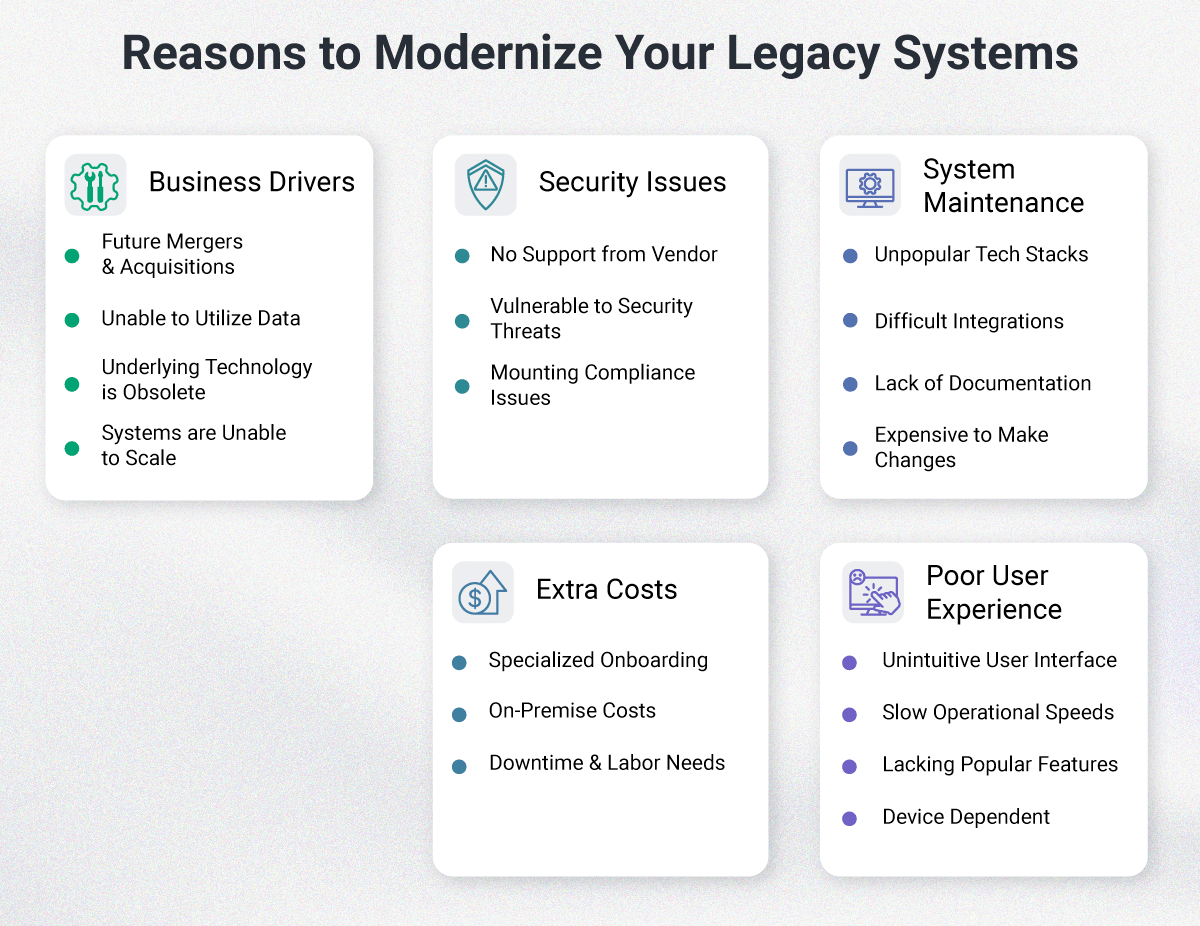
Solution for Compatibility Issues
Organizations need to thoroughly assess the compatibility of legacy applications with cloud platforms to prevent issues during migration. Through comprehensive testing and validation, businesses can effectively pinpoint and tackle integration challenges.
A useful strategy for overcoming compatibility problems is to optimize cloud infrastructure to support legacy systems. This could mean rearchitecting applications, updating configurations, or adopting cloud-native solutions for better compatibility. Addressing performance issues in the cloud is essential for maintaining seamless functionality and a positive user experience post-migration.
Additionally, keep in mind that cloud migration greatly impacts performance and security, and involving experts may be critical for preserving system integrity. By coordinating with expert legacy application modernization services, businesses can ensure a smooth transition of legacy systems to the cloud. At Softjourn, we specialize in helping modernize legacy systems and have guided numerous clients through seamlessly migrating their applications to the cloud.
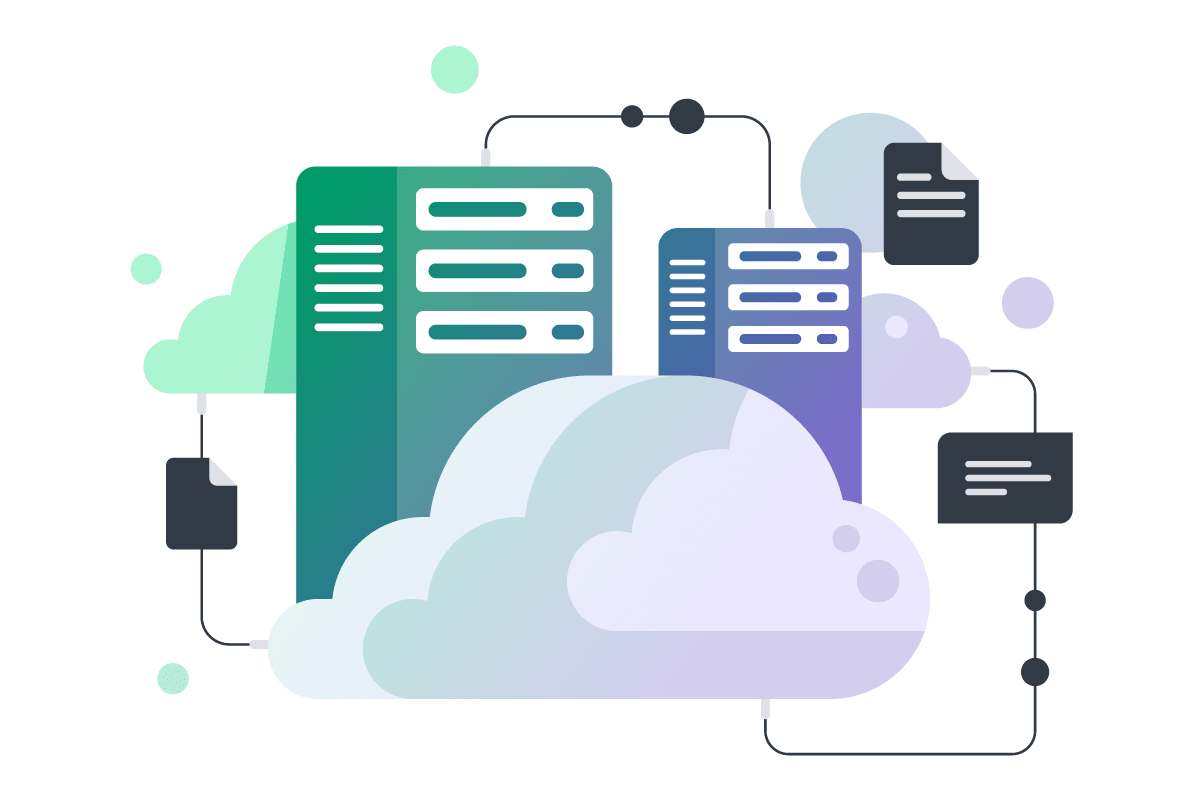
Cloud Migration Complexity
Cloud Migration Challenge: Having Complex IT Systems
Cloud migration involves transitioning data storage and applications from on-premises environments to the cloud. Often, this process is executed in stages to ensure each step is fully completed before proceeding. However, in organizations with intricate IT architectures, developing and implementing a cloud migration strategy can be challenging.
Certain systems may require colocation, and complex architectures make it difficult to identify and document interdependencies. As a result, crafting a phased migration strategy for moving specific systems or components to the cloud becomes more complicated.
Solution for When You Have a Complex System
Start by conducting a comprehensive assessment of your IT architecture to identify interdependencies and prioritize critical systems. Develop a phased migration strategy that moves less critical systems first to test the process and gradually transitions to core components.
Collaborate across teams to align goals and leverage automation for streamlined data migration. Monitor progress carefully, provide training for smooth adaptation, and continuously refine your strategy based on lessons learned to ensure a successful and seamless cloud migration.

Strategies to Avoid Vendor Lock-in During Cloud Migration
Cloud Migration Challenge: Avoiding Vendor Lock-in
Vendor lock-in is a significant concern for businesses adopting cloud services, as it limits flexibility and can increase costs in the long run. To avoid vendor lock-in during cloud migration, organizations can opt for multi-cloud or hybrid cloud strategies, allowing them to distribute workloads across different cloud providers.
By leveraging multiple cloud platforms, businesses can reduce reliance on a single vendor and enhance scalability and resilience.
Solution for Vendor Lock-in
Navigating cloud dependency involves selecting cloud services that offer interoperability and data portability. Evaluating the compatibility of cloud providers with existing systems and applications is paramount for avoiding vendor lock-in. By strategically choosing cloud services based on business needs and long-term objectives, organizations can mitigate the risks associated with vendor lock-in.
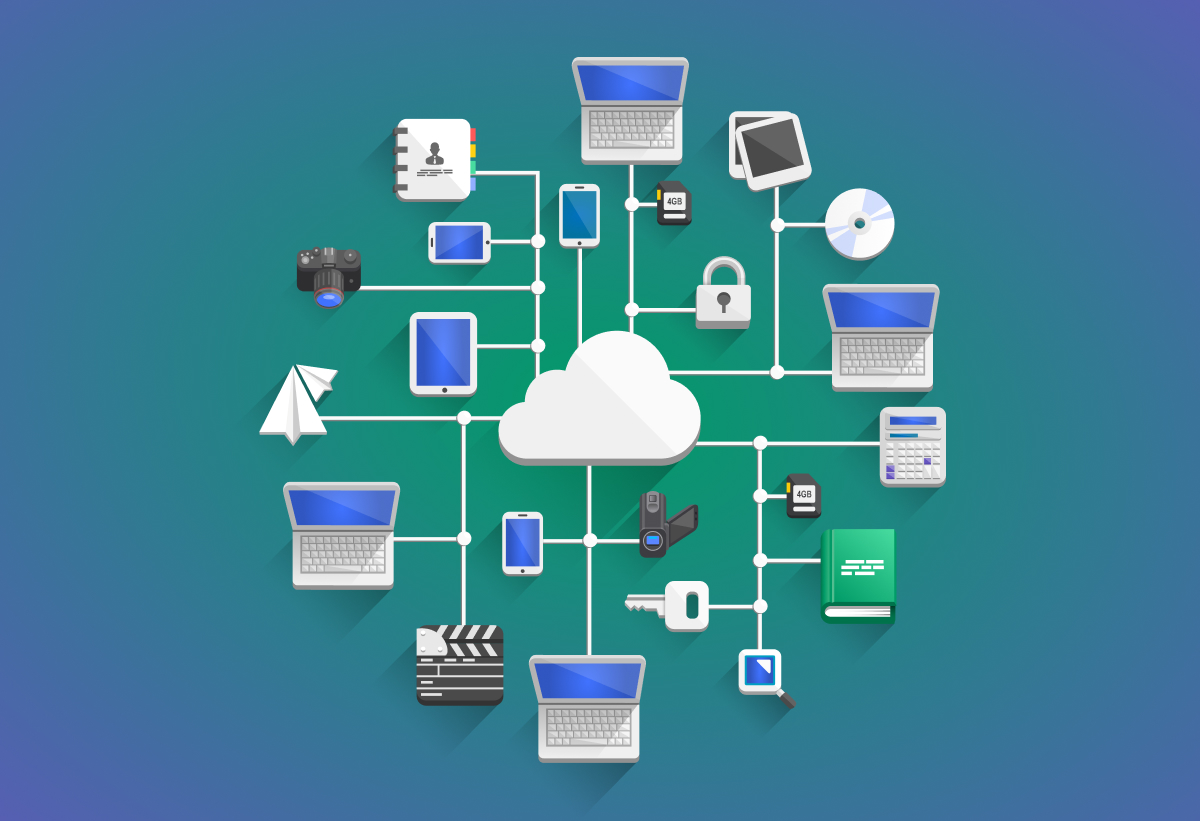
Managing Prioritization in Cloud Migration Projects
Cloud Migration Challenge: Deciding on Priority of Projects
Effective management of prioritization in cloud migration projects is vital for aligning business and technical objectives and ensuring a successful cloud transition.
Through prioritizing key initiatives based on business impact and technical feasibility, organizations can optimize resource allocation and project timelines. Aligning business and technical priorities enables stakeholders to collaborate towards common goals and drive progress in the cloud migration journey.
Solution to Better Prioritize
Striking a balance between business requirements and technical constraints is essential for managing prioritization in cloud migration projects. By understanding the dependencies between different workstreams and infrastructure components, organizations can mitigate risks and optimize project outcomes. Effective communication and stakeholder engagement play a significant role in aligning priorities and expectations throughout the cloud migration process.

Choosing the Right Cloud Services for Your Business Needs
Cloud Migration Challenge: Selecting the Right Cloud Service
Selecting the most suitable cloud services for your business is crucial for optimizing performance and maximizing the benefits of cloud migration. By leveraging the right cloud infrastructure, companies can concentrate on their core strengths while efficiently developing and deploying new applications without requiring substantial upfront investments in hardware.
On the other hand, opting for an unsuitable cloud provider can lead to poor performance, higher costs, and security vulnerabilities, undermining the goals of cloud adoption. It can limit scalability, delay deployment, and burden your business with excessive management overhead, ultimately hindering growth and innovation.
Solution for Making the Right Choice
To select the best cloud provider, start by assessing your specific requirements. Clearly define your business goals, technical needs, and compliance obligations. Ensure that the provider meets crucial industry standards like PCI DSS, SOC, and ISO 27001, to ensure your chosen provider will keep your data secure and fulfill regulatory needs.
Next, consider the scalability and performance offered. Your provider should be able to scale resources as needed to handle peak traffic and a growing user base. Take into account their global presence and availability of data centers in regions where your target market is located.
Analyze the pricing models, such as pay-as-you-go and reserved instances, and estimate the total cost of ownership, including expenses for data transfer, storage, and computing. Evaluate their cost-optimization features like reserved instances and auto-scaling, as well as specific costs for compliance and security features relevant to your industry.
For more helpful insights, check out our Ultimate Guide to Choosing a Cloud Services Provider.

Not Having a Solid Data Migration Plan
Cloud Migration Challenge: Migrating Massive Database
Large-scale data migrations require strategic planning to ensure that data integrity is maintained and system functionality is not compromised. The absence of a solid cloud migration plan can lead to significant challenges during integration.
Take the "lift and shift" approach, for instance. While it's a straightforward way to move your assets to the cloud, it's not a one-size-fits-all solution. If your applications face compatibility challenges or the runtime environment differs from the cloud environment, this strategy will need adjustments to ensure smooth migration.
Solution for Database Migrations
To identify the best strategy, analyze your business requirements, evaluate different use cases, and formulate a comprehensive cloud migration plan. Conducting a thorough pre-migration assessment is vital for this process, allowing you to audit existing data, identify the need for scalability, eliminate obsolete components, and ensure compatibility.
A detailed blueprint is crucial for a successful transition, incorporating a clear roadmap with defined phases such as assessment, migration, and post-migration optimization. This roadmap should align with the organization's business objectives to ensure relevance and effectiveness.
Additionally, establishing milestones and key performance indicators (KPIs) helps in tracking progress and measuring the success of the migration efforts. Proactively managing risks by identifying potential pitfalls and developing mitigation strategies is also vital to avoid disruptions and financial overruns.

Cloud Migration Security and Comprehensive Risk Assessment
Cloud Migration Challenge: Maintaining Data Security & Risk Assessment
Enhancing cloud migration security is a critical aspect of protecting business-critical data and mitigating potential risks. Prioritizing data security in the cloud requires implementing robust security measures, such as encryption, access controls, and monitoring tools.
Failure to prioritize security during a cloud migration can lead to data breaches, unauthorized access, compliance violations, and potential financial losses. This oversight can also damage your organization's reputation and erode customer trust, ultimately jeopardizing your business operations and growth.
Solution for Data Security
Solution: Fortifying cloud migrations against data breaches and vulnerabilities involves continuous monitoring and detection of suspicious activities within the cloud environment.
Establishing incident response protocols and security mechanisms will help you respond swiftly to security incidents and prevent widespread data loss. Prioritizing cloud migration security is essential for building trust with customers and stakeholders and ensuring compliance with data protection regulations.
We advise conducting comprehensive risk assessments, code audits, and vulnerability scans, to identify security gaps and vulnerabilities before they lead to data breaches.

Addressing the Skill Shortage in Cloud Migration
Cloud Migration Challenge: Dealing With the Tech Talent Gap
The growing demand for cloud migration expertise has led to a significant skill shortage in the industry, posing challenges for organizations aiming to transition to the cloud.
Solution for Bridging the Talent Gap
Bridging the talent gap requires investing in employee training, upskilling, recruitment strategies, and outsourcing to fill critical roles in cloud migration projects. By cultivating a culture of continuous learning and skill development, businesses can equip their workforce with the expertise needed to navigate complex cloud environments effectively.
Collaborating with outsourcing partners, cloud providers, and industry experts can provide valuable insights and support in developing talent pipelines for cloud migration initiatives. Organizations must prioritize talent development and retention to build a skilled workforce capable of driving innovation and transformation in the cloud.

Controlling Unnecessary Cloud Migration Costs
Cloud Migration Challenge: Reducing Cloud Migration Costs
Managing and controlling cloud migration costs is a critical aspect of optimizing the financial impact of transitioning to the cloud. Strategic planning and cost analysis are essential for minimizing unexpected expenses and maximizing the efficiency of cloud resources.
Businesses should make informed decisions regarding cloud service utilization, capacity planning, and resource allocation by evaluating the total cost of ownership.
Solution for Minimizing Costs
Strategies to minimize financial impact during cloud transition include rightsizing cloud resources, leveraging cost-saving mechanisms, and optimizing workload distribution.
By monitoring usage patterns, performance metrics, and service-level agreements, organizations can identify opportunities to reduce costs and enhance operational efficiency. Controlling cloud migration costs requires continuous monitoring, analysis, and adaptation to ensure cost-effectiveness and budget compliance.

Reduced Application Performance Post-Migration
Cloud Migration Challenge: Decline in Application Performance Post-Migration
A common yet frequently overlooked issue following cloud migration is the diminished performance of applications. Legacy systems often comprise numerous components spread across multiple servers, which can reduce their adaptability when moved to the cloud.
Additionally, cloud-based on-demand computing solutions offer various storage options and services, making it easy for legacy systems to encounter performance challenges.
Solution for Reduction in App Performance
Addressing application performance issues effectively involves cloud capacity planning. This process entails analyzing and measuring the performance of your applications against anticipated demand.
Armed with this analysis, your team can then allocate the appropriate resources needed to meet this specific demand, ensuring optimized application performance in the cloud environment.
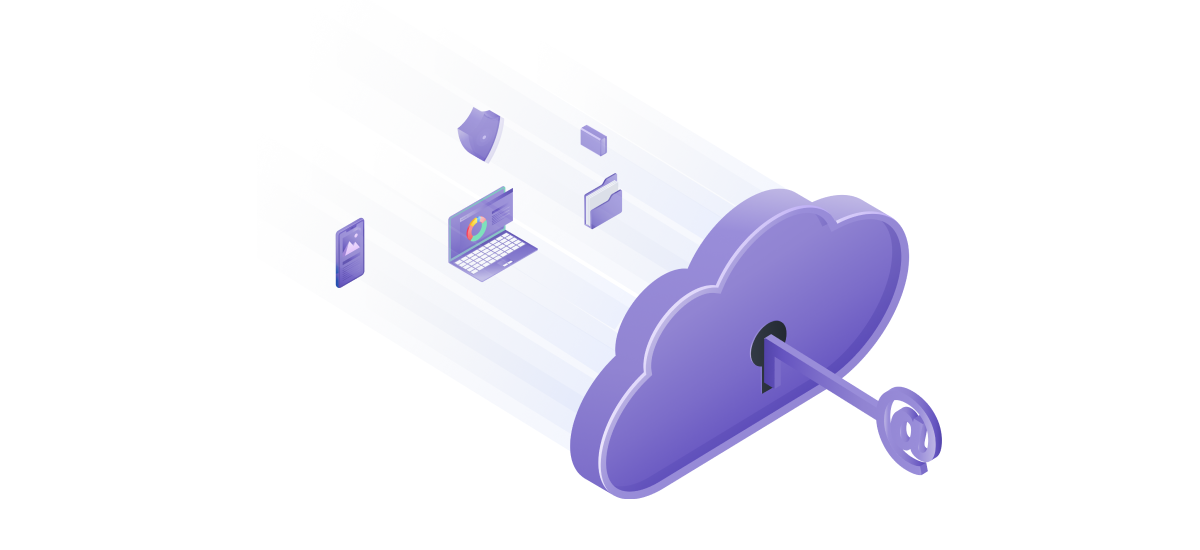
Internal Resistance to Cloud Environment Adoption
Cloud Migration Challenge: Cloud Environment Adoption Resistance
Anyone from the leadership team to engineers may be hesitant to move to the cloud, as it may entail rewriting fully or parts of a legacy system that has been with the company for a long time. However, it is sometimes necessary to make the change and migrate to the cloud.
Solution to Get Team on Board With the Cloud
Overcoming resistance to cloud technology involves fostering a culture that embraces change. Leadership endorsement is critical, as support from top management can facilitate a smooth transition and foster a positive attitude towards cloud adoption across the organization.
Training and engaging employees are equally important, as informed and skilled employees are more likely to support and adapt to the new technology.

Incorporating DevOps in Cloud Migration
Cloud Migration Challenge: Forgetting to Incorporate DevOps in Cloud Migration
Adopting a DevOps approach can be beneficial for navigating the cloud computing landscape and maximizing its potential. Key features like automation, CI/CD, continuous improvement, and streamlined workflows can accelerate development and enhance organizational effectiveness.
However, implementing DevOps requires changes in people, processes, and technology, making cloud migration challenging to execute effectively. It can lead to significant disruptions and resistance due to the magnitude of changes involved.
Solution for Implementing DevOps During a Migration
A skilled DevOps consulting service or an in-house team will be crucial for a successful DevOps transformation. Emphasize cultivating a DevOps culture by dismantling team silos, selecting effective tools, and providing expert-led training to instill a DevOps mindset within your engineering teams.
Implementing an Infrastructure as Code (IaC) approach in cloud computing can offer significant advantages, including quicker and more straightforward deployments, better scalability, and lower cloud costs.
Regardless of whether it's IaC, CI/CD, or another DevOps practice, organizations must ensure their teams have the appropriate skills and tools to apply these practices and transition to a cloud-focused development process.

Building a Cloud SRE Organization
Cloud Migration Challenge: Insufficient Monitoring After Migration
Site Reliability Engineering (SRE) is a methodology that employs software tools to automate IT infrastructure tasks like application monitoring, implementing changes, and enhancing reliability. It ensures that software applications remain accessible during frequent updates from development teams, particularly in large, scalable systems.
If you don't address the challenge of insufficient monitoring after migration, you risk compromising the reliability and performance of your cloud infrastructure. Without adequate monitoring, potential issues like system bottlenecks, security vulnerabilities, or misconfigurations can go undetected, leading to unexpected downtime, performance degradation, and data breaches.
With SRE practices, organizations can efficiently manage cloud resources and scale IT operations. However, creating an effective SRE team requires more than just hiring SRE or DevOps engineers.
Solution for Insufficient Monitoring
SRE is fundamentally a shift in culture and mindset. To start, ensure that your team is composed of individuals with both strong domain expertise and fresh perspectives. Integrate existing team members with new hires and train them to adopt SRE practices. Once the right individuals are selected, provide ample opportunities for learning and development to set them up for success.
It may be necessary to hire SRE or DevOps engineers to handle many aspects of your SRE cloud plan. There is also the option to utilize a cloud consulting expert team to help put processes in place.
Developing a Successful Migration Strategy
Now that we've covered the greatest challenges for migrating to the cloud, we will discuss winning strategies for the transition to the cloud.
Best Practices for a Smooth Transition to the Cloud
Developing a successful migration strategy involves meticulous planning and execution. Best practices include:
- Comprehensive Planning: Begin with a detailed assessment of the current infrastructure and applications to determine migration priorities and requirements. This assessment helps in designing a migration strategy that minimizes business disruption.
- Phased Approach: Implement a phased migration plan that allows gradual transition and integration. This approach helps manage risks by isolating them in manageable segments, enabling easier troubleshooting and adjustment.
- Communication and Collaboration: Maintain open lines of communication with all stakeholders, including IT staff, business units, and senior management. This ensures alignment and support throughout the migration process. We recommend Cloud Strategy and Planning Consulting to help facilitate smoother transitions.

Importance of Thorough Testing Before Migration
Thorough testing is crucial before proceeding with full-scale migration. This ensures that all elements of the infrastructure and applications perform as expected in the new cloud environment. Key testing strategies include:
- Pilot Testing: Conducting pilot tests with non-critical data or systems can help identify potential issues in a controlled environment, allowing for necessary optimizations before broader implementation.
- Load and Stress Testing: Testing the system under various loads and stresses ensures that it can handle expected and unexpected user and process loads after migration.
- Security and Compliance Testing: Verifying that the migrated systems meet all security standards and compliance requirements is essential to protect organizational data and avoid legal implications.
- Code Auditing: When planning your cloud migration, it's crucial to address potential issues that could disrupt performance or compromise security. A comprehensive code audit should be part of your migration checklist to ensure seamless cloud integration. Code Audit Services can help you evaluate the compatibility of your existing code with the cloud environment, identifying areas that require refactoring or optimization.
One the strategy is made, testing is performed, and your team is ready to transition to the cloud, we advise clients to utilize cloud implementation services to ensure the migration is as frictionless and successful as possible.
Strategies for Optimizing Cloud Infrastructure
To fully leverage the benefits of cloud migration, optimizing the cloud infrastructure is essential. Strategies include:
- Right-Sizing Resources: Analyze and adjust resources to meet the actual demand. Avoid over-provisioning or under-provisioning, which can lead to wasted resources or performance issues.
- Leveraging Automation: Use automation tools for resource management, monitoring, and maintenance tasks, which improves efficiency and reduces the potential for human error.
- Implementing Cost Management Practices: Utilize cost management tools provided by cloud service providers to monitor and control spending, ensuring that the cloud infrastructure remains cost-effective.
Ensuring Security in the Cloud
Implementing Robust Security Measures for Cloud Data and Security
Implementing robust security measures is paramount to protecting sensitive data in the cloud. Key measures include:
- Data Encryption: Encrypt data both in transit and at rest to protect it from unauthorized access.
- Strong Access Controls: Implement strong access control policies to ensure that only authorized personnel can access sensitive information.
- Regular Security Audits: Conduct regular security audits to identify and rectify vulnerabilities, ensuring the integrity and security of data.
- Real-Time Monitoring: Implement real-time monitoring tools to detect unusual activities that could indicate a security breach.
- Incident Response Plans: Develop and test incident response plans to ensure quick and effective action in the event of a security breach.
- Continuous Improvement: Regularly update security measures and protocols to address new and evolving threats, maintaining a robust defense against potential security breaches.
Cloud Migration Success Stories
1. Netflix: Scaling to a Global Audience
Netflix revolutionized its infrastructure to support exponential growth while maintaining a seamless streaming experience. Shifting to AWS wasn’t just about handling more users—it was about creating a resilient and scalable platform capable of delivering content to millions worldwide.
Key advantages of this cloud transformation:
- Adaptive resource scaling: With cloud elasticity, Netflix can dynamically adjust resources based on demand, ensuring uninterrupted streaming even during peak times.
- Effortless global expansion: Cloud infrastructure enables Netflix to enter new markets and introduce new features rapidly without infrastructure constraints.
By embracing the cloud, Netflix reinforced its position as a global entertainment leader, offering flexibility, reliability, and innovation at scale.

2. Capital One: Embracing Cloud for Agility
Capital One transitioned to the cloud to enhance agility and accelerate innovation, keeping pace with the rapidly evolving financial sector. Moving away from traditional data centers allowed the company to streamline product development and deliver new financial solutions faster than ever.
Key advantages of cloud adoption:
- Faster innovation cycles: The cloud allows Capital One to develop and launch services quickly, staying ahead in a competitive financial landscape.
- Data-driven decision-making: Cloud-powered analytics and machine learning provide deeper insights into customer behavior and risk, leading to smarter financial strategies.
This strategic shift has positioned Capital One as a technology-driven financial leader, leveraging cloud computing to remain competitive and customer-focused.
3. Airbnb: Powering a Personalized Guest Experience
To manage its rapid expansion, Airbnb migrated to the cloud, enabling it to process vast amounts of data efficiently and deliver tailored experiences for both hosts and guests. By leveraging cloud-based tools, Airbnb has enhanced search functionality, recommendation systems, and user interactions.
Key advantages of cloud migration:
- Scalable data infrastructure: The cloud supports Airbnb’s ability to handle massive data flows and user traffic without service disruptions.
- Improved personalization: Cloud-driven analytics enable Airbnb to deliver customized recommendations and enhance user experience at scale.
This transition has allowed Airbnb to scale effortlessly while offering a highly personalized platform, ensuring smooth experiences for its growing global community.
Cloud Migration Trends in 2025
The cloud landscape is constantly evolving, with businesses adopting new technologies to improve efficiency, security, and scalability. As we move into 2025, several trends are set to reshape cloud migration strategies, influencing how companies manage their digital transformation.
1. The Rise of Retrieval-Augmented Generation (RAG) in AI Services
Retrieval-Augmented Generation (RAG) services are poised to become a key differentiator in cloud computing. While 2024 saw major cloud providers competing through AI infrastructure and foundation models (FMs), 2025 is expected to shift toward RAG-driven solutions. This evolution stems from the limitations of foundation models—such as hallucinations and accuracy concerns—driving the need for AI systems that retrieve and refine relevant data before generating responses.
According to Forrester, every major hyperscale cloud provider is expected to launch their own RAG-related solutions, positioning AI-driven search and retrieval as a major competitive advantage. This shift signifies a new phase in cloud-based AI services, where accuracy and reliability will take precedence over sheer model size.
2. Multi-Cloud and Hybrid Strategies for Vendor Independence
Vendor lock-in remains a top concern for businesses migrating to the cloud. To mitigate risk, companies are increasingly adopting multi-cloud and hybrid cloud approaches. By distributing workloads across multiple cloud providers (e.g., AWS, Azure, Google Cloud), businesses can enhance flexibility, optimize costs, and reduce reliance on a single vendor.
This trend aligns with the rise of cloud-agnostic tools and Kubernetes-driven containerization, enabling seamless workload portability across cloud environments.
3. AI-Driven Cloud Cost Optimization
With cloud expenses continuing to rise, organizations are leveraging AI-powered cost optimization tools to manage usage more efficiently. These solutions analyze workload patterns, predict resource needs, and automate cost-saving strategies such as:
- Auto-scaling to dynamically adjust resources
- Spot instances & reserved capacity for lower-cost compute options
- Workload scheduling to reduce off-peak resource consumption
By 2025, AI-driven FinOps (Financial Operations) will be a standard practice for enterprises managing cloud expenditures.
4. Sustainability and Green Cloud Initiatives
As ESG (Environmental, Social, and Governance) priorities grow, cloud providers are making sustainability a core pillar of their services. Organizations are adopting carbon-aware cloud computing, where workloads are scheduled based on renewable energy availability and lower carbon intensity data centers.
Cloud providers are also offering sustainability dashboards that help businesses measure and reduce their carbon footprint. This aligns with the industry-wide push for sustainable software development practices.
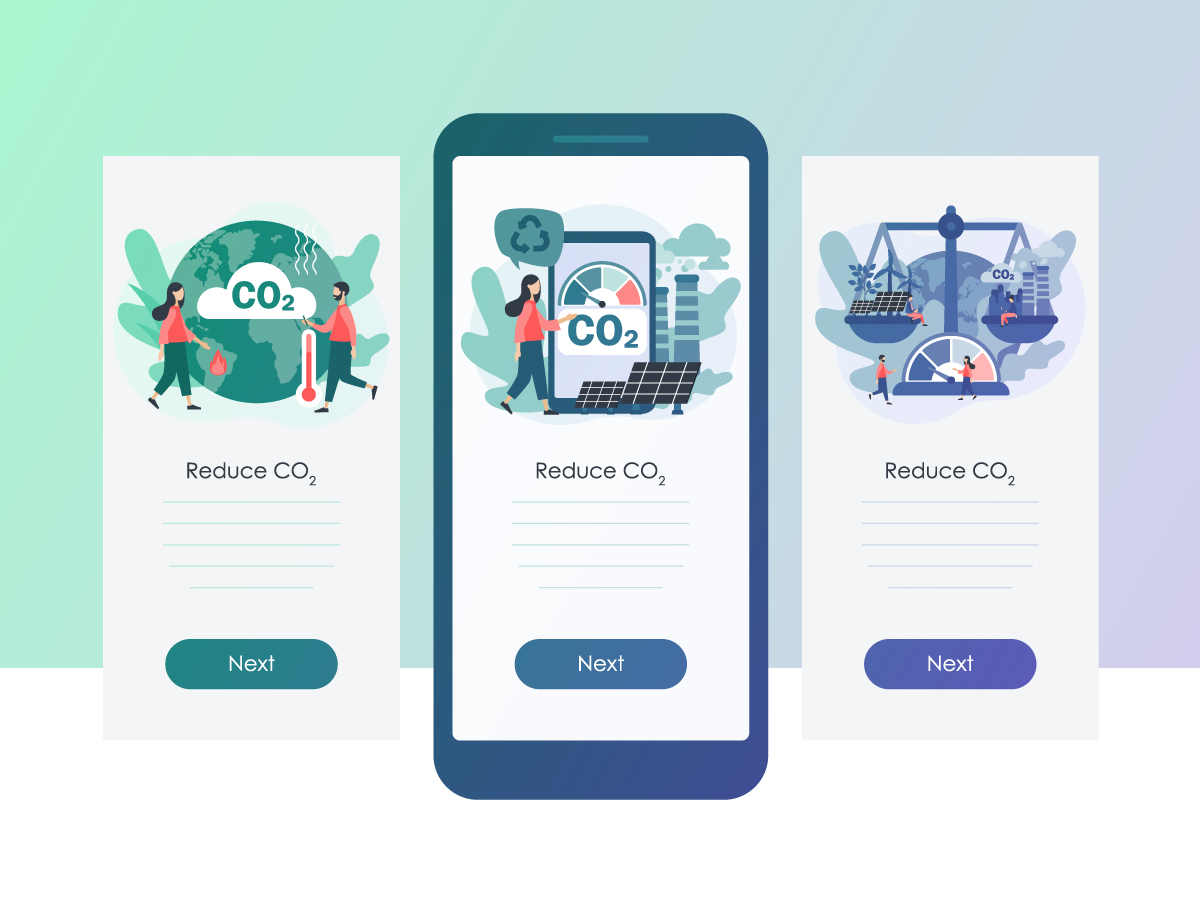
5. Serverless Computing and Cloud-Native Development
Serverless computing is gaining traction as businesses prioritize scalability and operational efficiency. With platforms like AWS Lambda, Azure Functions, and Google Cloud Run, companies can run applications without managing infrastructure, reducing operational complexity.
This shift toward cloud-native architectures also includes:
- Microservices adoption for modular, scalable applications
- Event-driven development for more responsive systems
- Containerization and Kubernetes orchestration for flexible deployments
As businesses continue their cloud transformation in 2025, staying ahead of these trends will be essential for maximizing efficiency, cost savings, and long-term success.

Your Solution to Migrate to the Cloud
Migrating to the cloud is a strategic transformation that offers scalability, enhanced security, and increased operational efficiency. However, it requires careful planning, meticulous execution, and continuous optimization to fully harness the benefits. To ensure a successful transition, fostering a cloud-first culture and proactive management of cloud resources are essential.
If you're ready to begin your journey to the cloud or improve your existing cloud infrastructure, consider partnering with Softjourn. As a leading cloud consulting service, Softjourn offers expert guidance and support to ensure a frictionless cloud migration and optimized cloud services tailored to your specific needs.
Let Softjourn help you navigate the complexities of cloud migration and transform your business operations for a competitive edge in today’s digital landscape. Contact us today to get started!





















